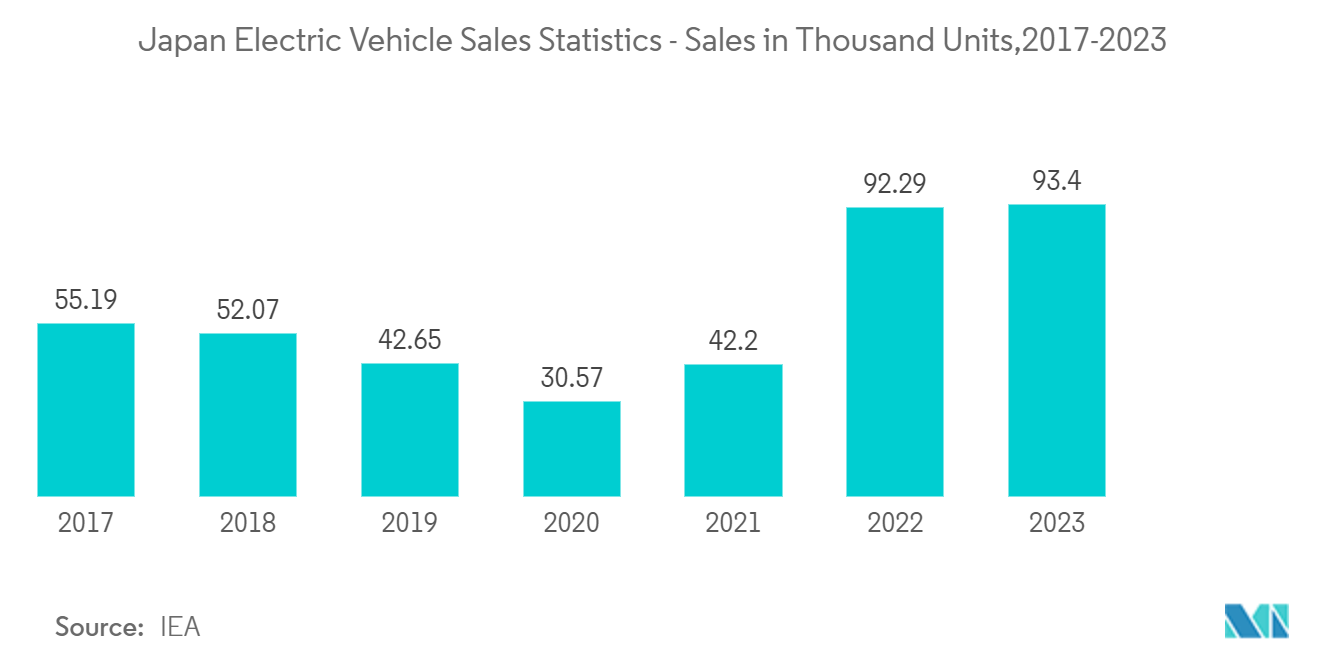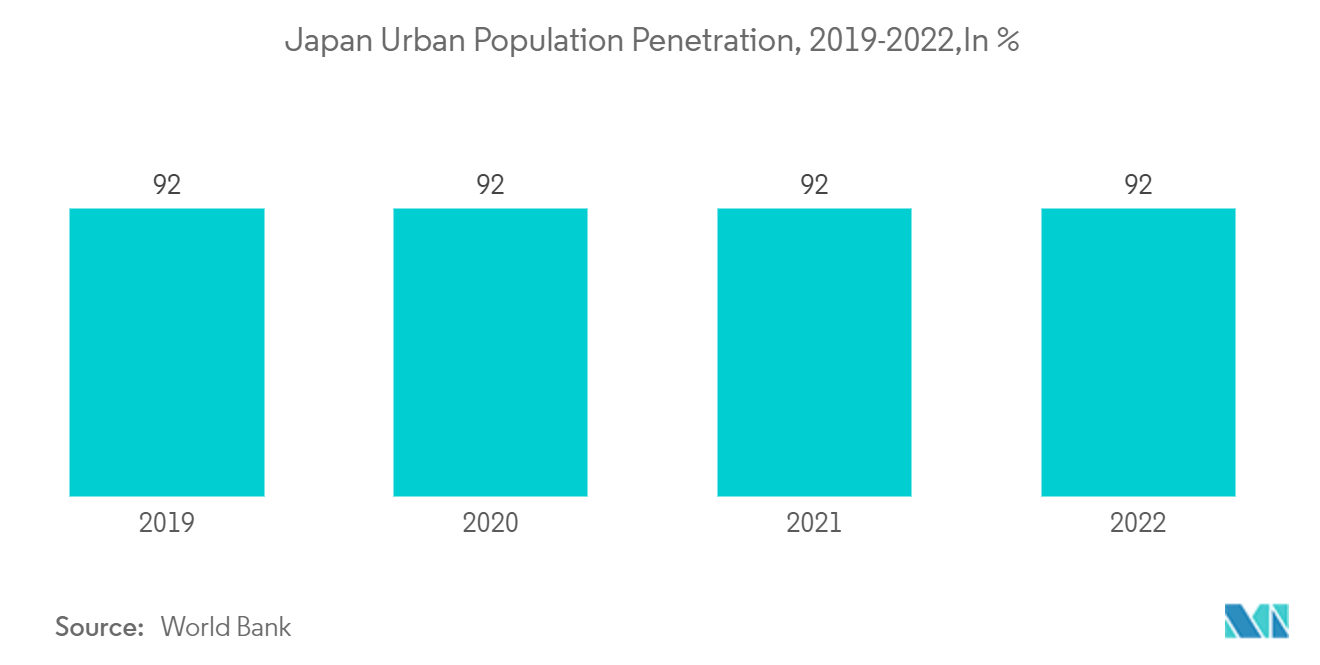Market Trends of Japan EV Charging Station Industry
DC Charging Stations are Dominating the Market
Japan's ambitious electrification targets, coupled with the rapid adoption of electric vehicles, have intensified the demand for efficient and high-speed charging solutions. DC charging stations have emerged as a preferred choice due to their ability to deliver significantly faster charging times compared to AC alternatives.
The prominence of DC charging stations can be attributed to several factors. Firstly, their compatibility with fast-charging protocols such as CHAdeMO and CCS (Combined Charging System) aligns with the preferences of EV manufacturers and consumers alike. These protocols facilitate rapid replenishment of EV batteries, offering convenience and minimizing downtime for drivers.
Moreover, Japan's geographical characteristics, including its densely populated urban areas and extensive highway networks, necessitate the deployment of charging infrastructure capable of supporting long-distance travel. DC charging stations, often strategically positioned along highways and in urban centers, address this need by providing fast and reliable charging options for EV owners on the go.
Furthermore, technological advancements and innovation in DC charging technology have played a pivotal role in driving its dominance in the market. The development of next-generation charging solutions, such as ultra-fast chargers capable of delivering power levels exceeding 350 kW, demonstrates the industry's commitment to enhancing charging efficiency and user experience.
Additionally, collaborations and partnerships between government entities, energy companies, automotive manufacturers, and charging infrastructure providers have facilitated the widespread deployment of DC charging stations across Japan. These collaborative efforts have expedited the expansion of the charging network, making it more accessible and convenient for EV owners throughout the country.
Despite the growing prevalence of DC charging stations, challenges such as standardization of charging protocols, interoperability between different networks, and grid capacity, constraints persist. Addressing these challenges will be essential to ensure the seamless integration of DC charging infrastructure into Japan's evolving mobility ecosystem.
With their ability to deliver fast and efficient charging solutions, DC stations are poised to remain at the forefront of Japan's electrification efforts, driving continued growth and innovation in the EV charging infrastructure industry.

Home Charging Driving Major Growth for the Market
Public charging stations offer several advantages over home charging setups. Firstly, they cater to the needs of EV owners who may not have access to private parking or home charging facilities, which is common in densely populated urban areas where residential space is limited.
In 2022, Japan's urban population experienced a slight decline, totaling 115,058,684 individuals, marking a decrease of 0.35% compared to the previous year.
Furthermore, public charging stations provide greater flexibility and convenience for EV owners, especially during long-distance travel or when away from home for extended periods. They offer a reliable option for topping up EV batteries while running errands, dining out, or engaging in leisure activities without the need to return home for charging.
The prominence of public charging infrastructure is also driven by the strategic placement of charging stations along major highways and transportation corridors. These strategically located stations facilitate long-distance travel and promote the adoption of electric vehicles for intercity journeys, addressing range anxiety concerns among drivers.
Moreover, the expansion of Japan's public charging network is supported by collaborations between government agencies, energy companies, automotive manufacturers, and charging infrastructure providers. These partnerships have led to significant investments in charging infrastructure deployment and enhancing accessibility and coverage across the country.
However, despite the dominance of public charging stations, home charging remains an essential component of the overall charging ecosystem. Home charging setups offer the convenience of overnight charging, allowing EV owners to start each day with a full battery without needing to visit a public charging station.
Additionally, home charging solutions may be preferred by EV owners for their cost-effectiveness and the ability to take advantage of off-peak electricity rates. Home chargers also provide a sense of control and security, as EV owners have direct access to their charging infrastructure and can monitor charging progress from the comfort of their homes.
Therefore, while public charging infrastructure dominates the Japanese EV charging station market, home charging solutions continue to play a vital role in supporting the charging needs of EV owners. The coexistence of both public and home charging options reflects the diverse preferences and requirements of Japan's growing electric vehicle ecosystem.


